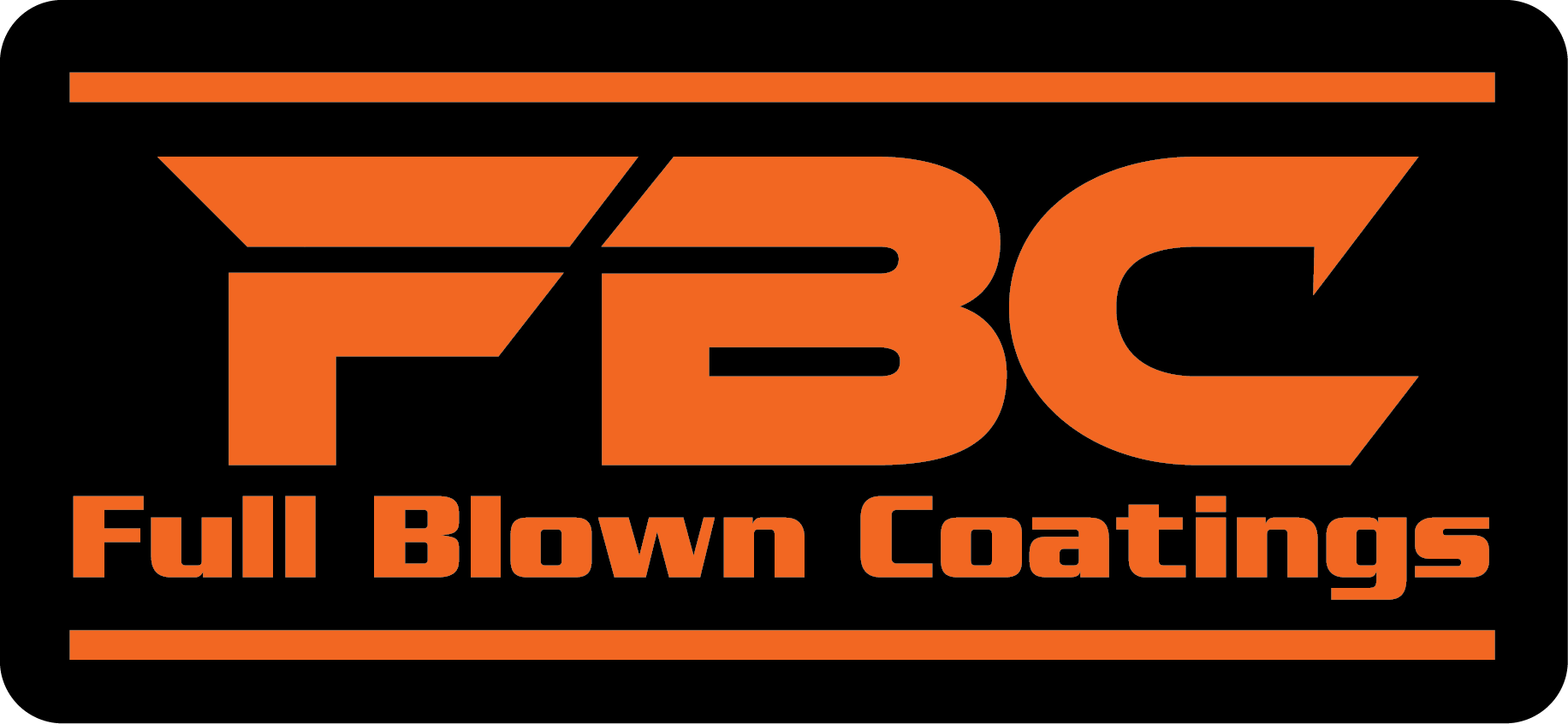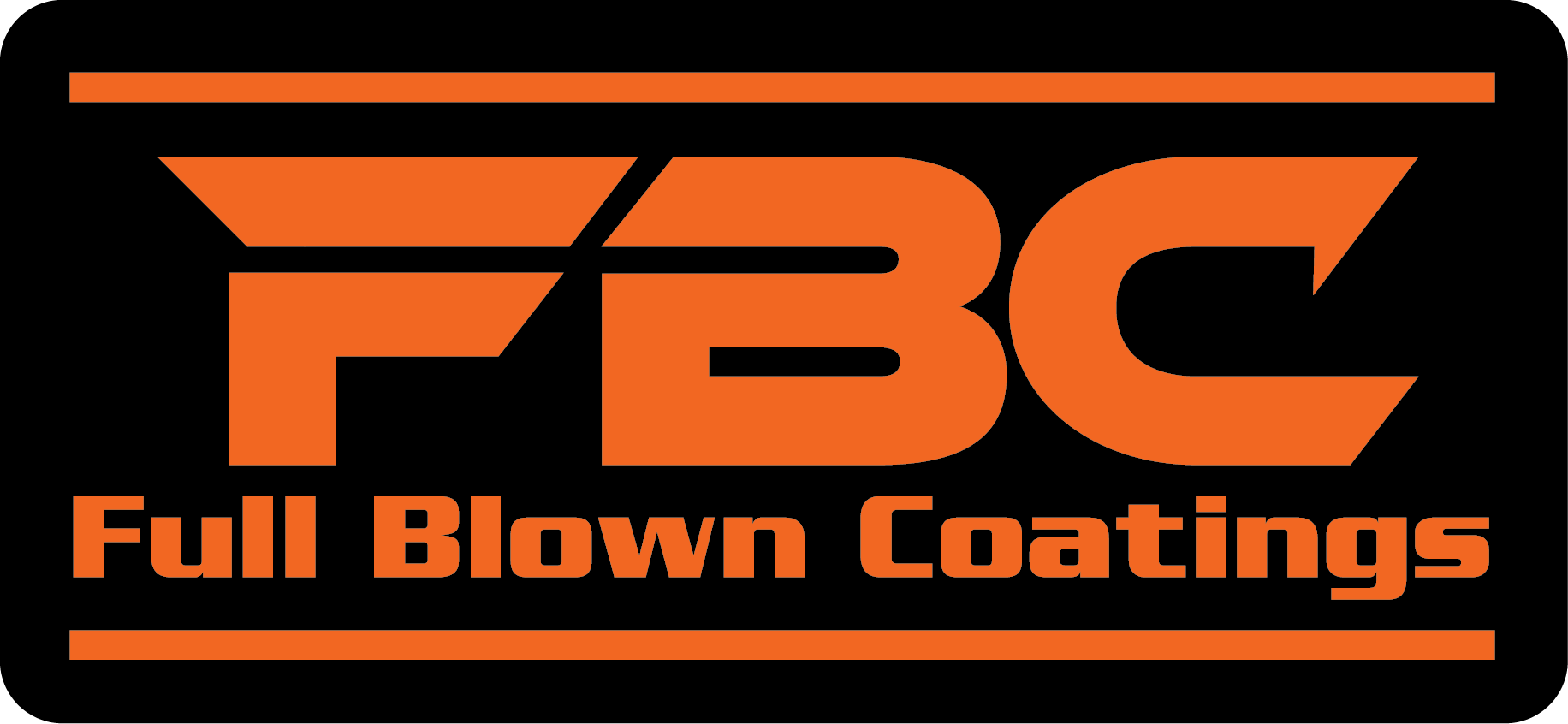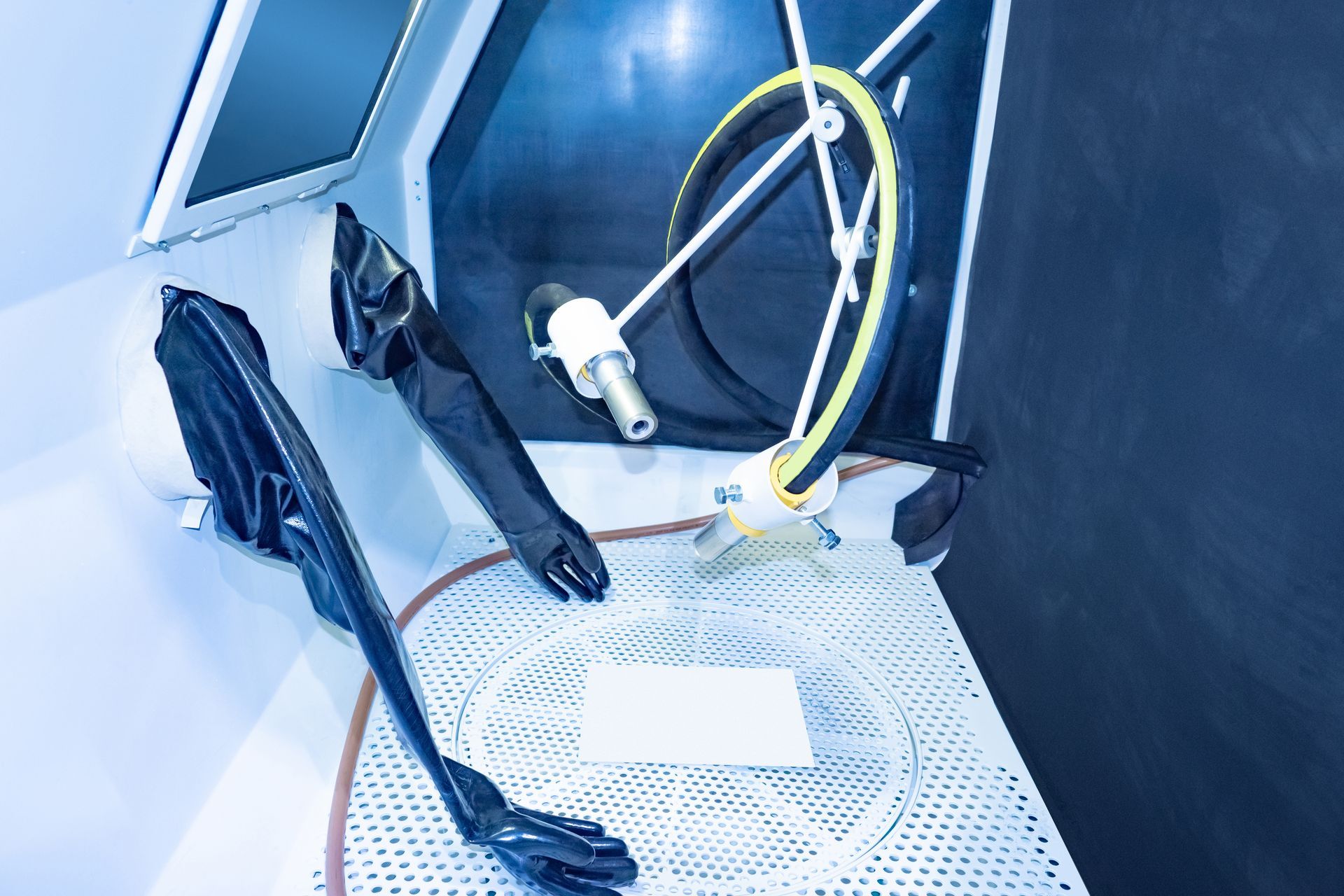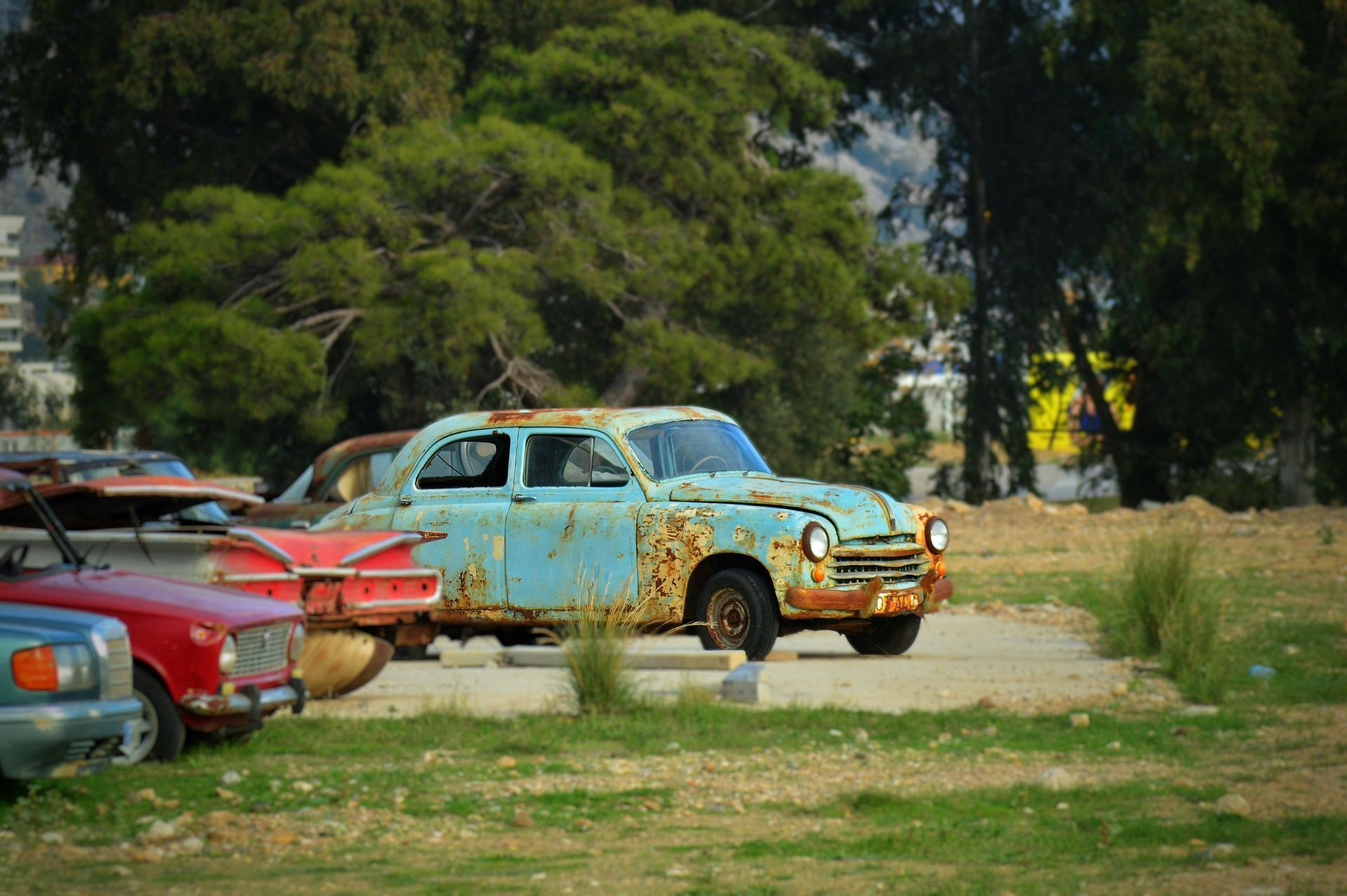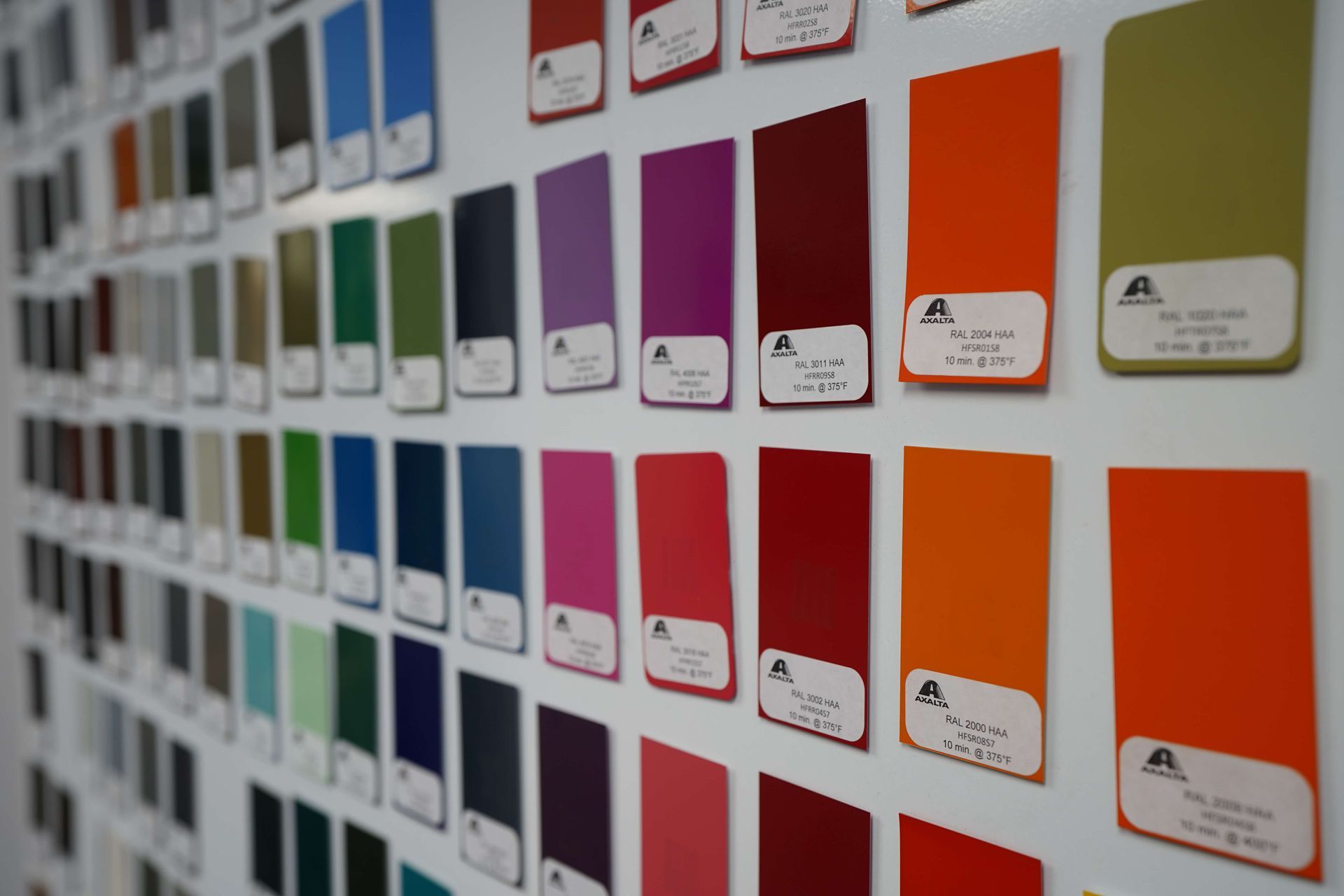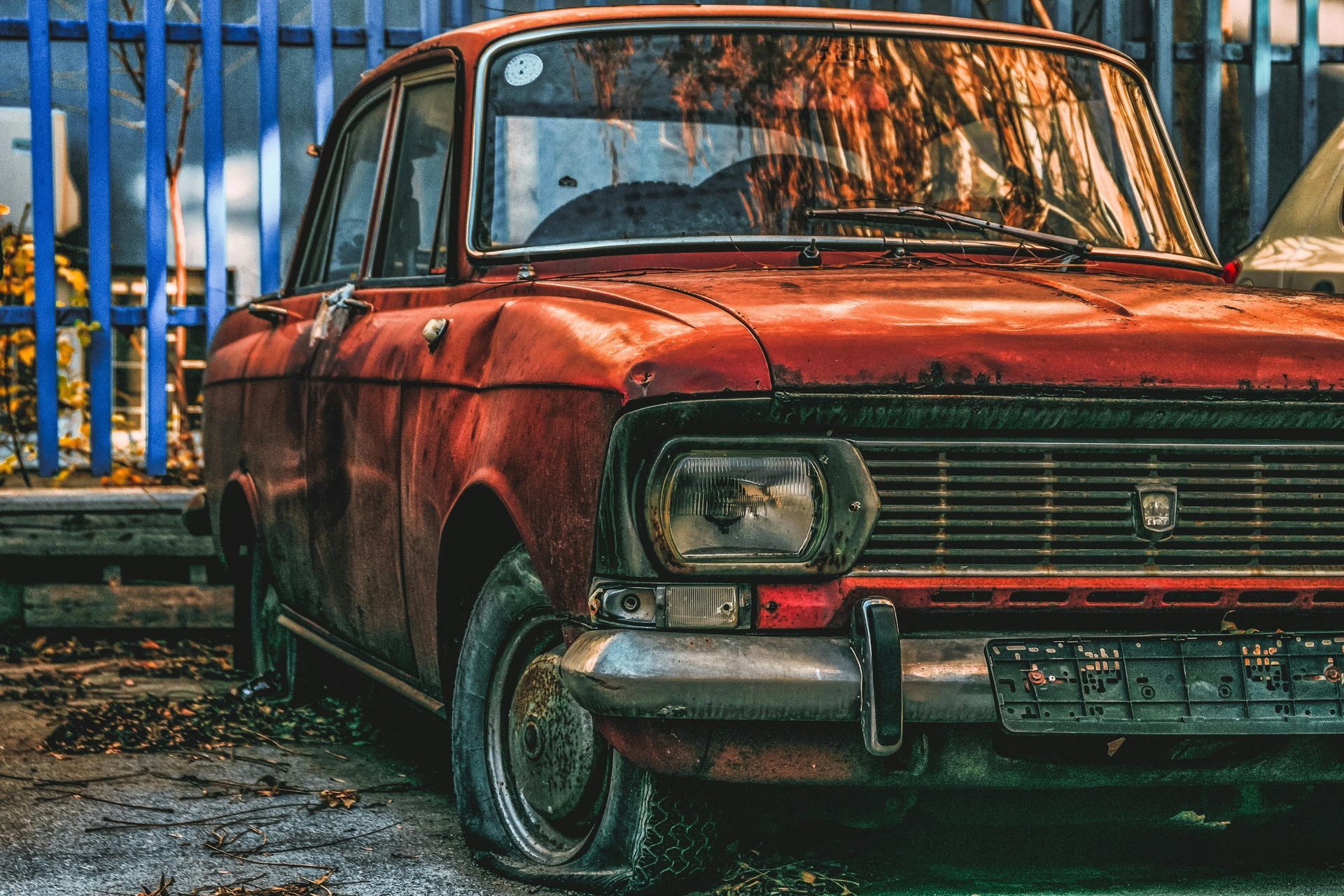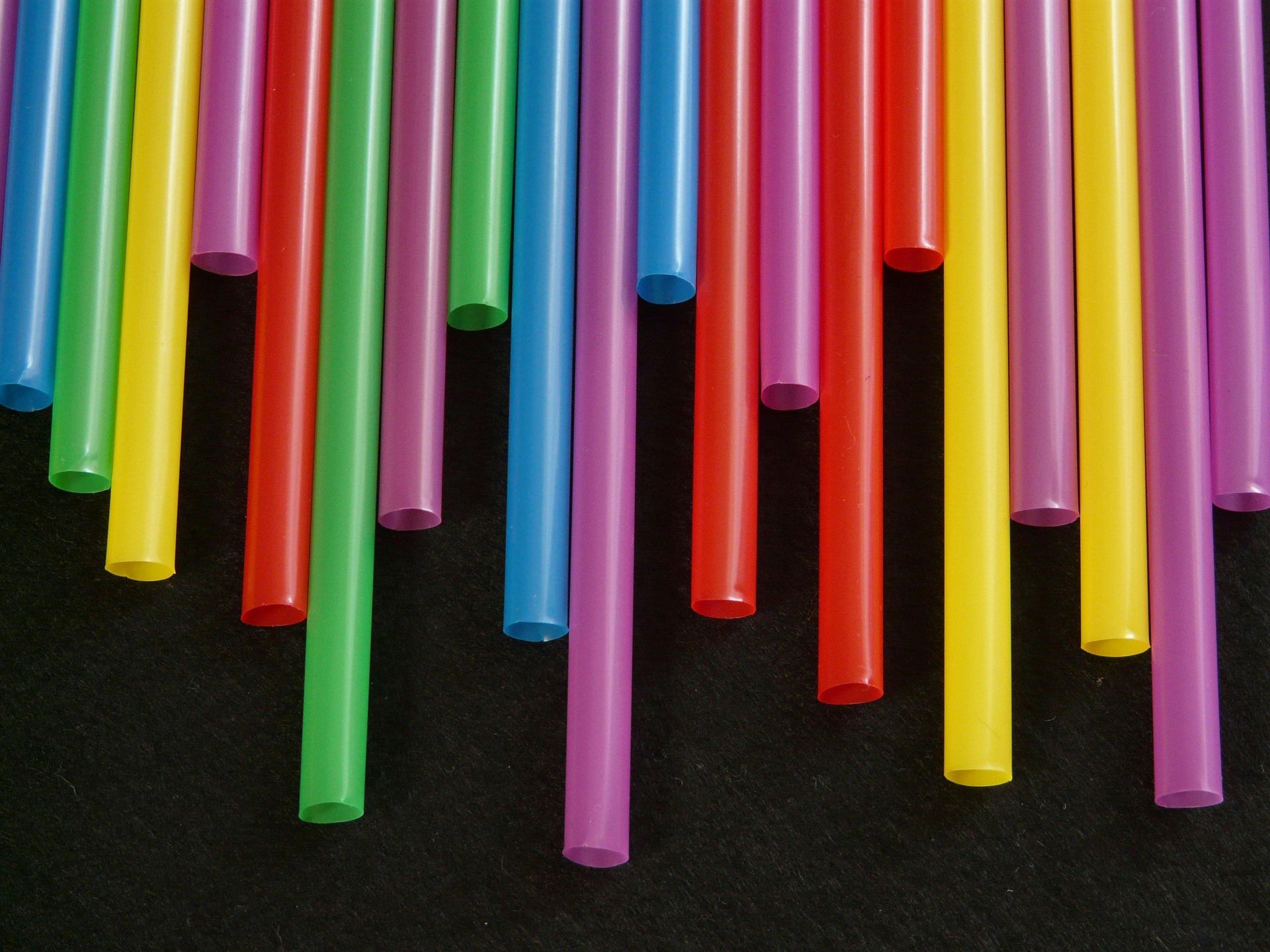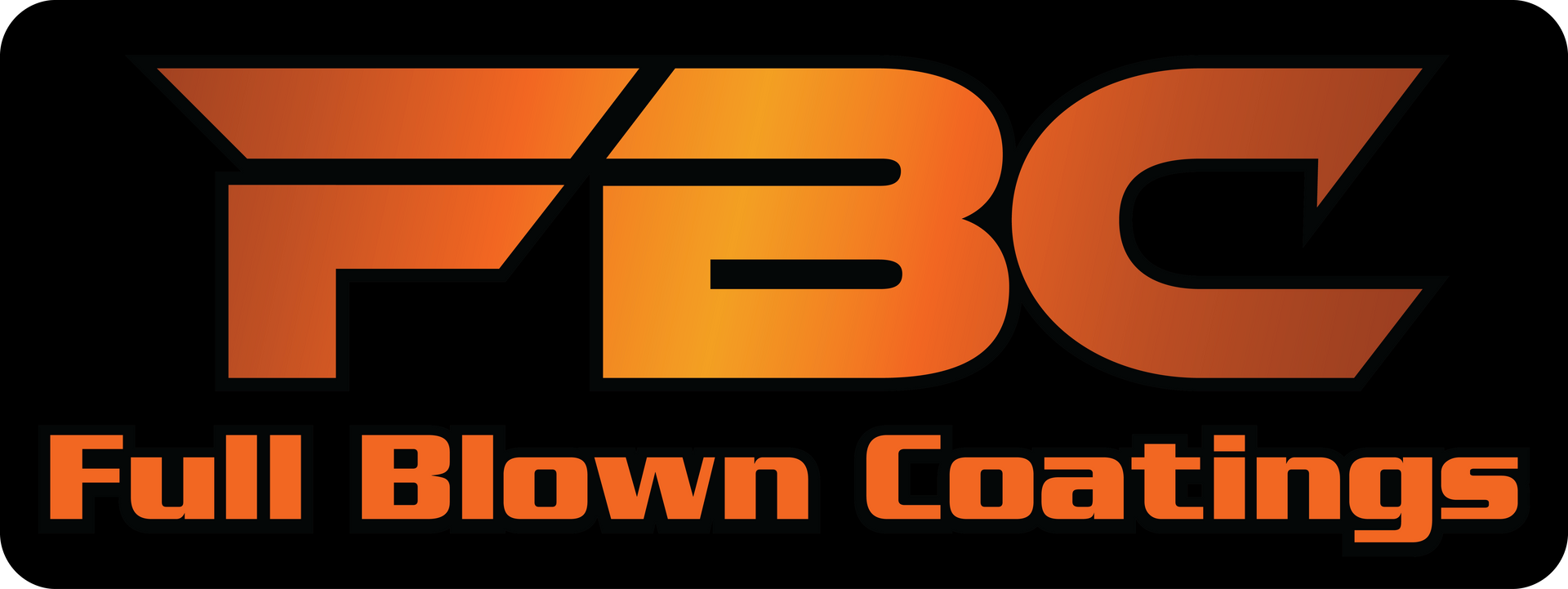Understanding Compressor Size Requirements for sandblasting
Why The Compressor Matters
If you have ever tried sandblasting with a compressor that cannot keep up, you know the frustration: a pulsing stream, soggy media, and slow progress. Choosing the right compressor is the difference between clean, even results and wasted time. This guide breaks down CFM, PSI, nozzle size, moisture control, hose selection, and real-world setups for homeowners and pros across Salt Lake County, Utah County, Davis County, Weber County, and Cache County. We will also share a few shop stories from Full Blown Coatings that show how these choices play out on actual jobs.

What “right-sized” really means
The “right” compressor can supply continuous airflow (CFM or SCFM) that meets or exceeds what your blast nozzle consumes at the working pressure (PSI) you intend to use. If your compressor delivers less than the nozzle demands, pressure falls, the stream pulses, removal slows, and media usage climbs.
Quick glossary
- CFM / SCFM: Air volume flow. SCFM is standardized (temperature and pressure corrected) and the fairest number to compare across brands.
- PSI: Working pressure at the nozzle during blasting, not just at the tank.
- Duty cycle: How long a compressor can run before it must rest.
- Tank size: Helps buffer short bursts but does not replace continuous CFM delivery.
- Free air delivery (FAD): Practical airflow the compressor supplies; at Utah elevations, effective output is slightly lower than at sea level.
Match nozzle size to compressor CFM
Your nozzle orifice is the primary driver of air demand. Larger nozzles move more air and more media, which increases productivity—if the compressor can keep up. Here is a practical quick-reference you can use when planning:
Nozzle–to–CFM quick reference (approximate at 90–100 PSI)
| Nozzle ID | Typical CFM Need | Typical Use Case |
|---|---|---|
| 1/8 in (3.2 mm) | 25-35 | Small cabinets, light detail work |
| 5/32 in (4.0 mm) | 40-60 | Medium cabinets, small outdoor touch-ups |
| 3/16 in (4.8 mm) | 70-90 | General outdoor blasting, wheels, railings |
| 1/4 in (6.4 mm) | 150-200 | High-production field work with pressure pots |
These numbers are ballpark guides. Media choice, hose length, and pressure losses can nudge the real requirement up or down. When in doubt, step the nozzle size down or the compressor size up.
Full Blown Coatings note: For mobile railing jobs in Weber and Davis counties, the team typically pairs a 3/16 in nozzle with a tow-behind rotary screw compressor rated near 185 CFM. That gives headroom for long hose runs and moisture control hardware without starving the nozzle.
PSI, media flow, and productivity
Higher PSI will not help if you do not have the CFM to sustain it. In fact, running high pressure with starved airflow creates surging and wastes media. Start at a conservative pressure, watch cut rate, and bump in small steps.
How media choice affects air demand
- Aluminum oxide and garnet: Angular, fast-cutting. Often allow slightly lower PSI for the same removal rate.
- Crushed glass: Balanced cut and surface cleanliness; good control on aluminum.
- Glass bead: Peens rather than cuts; slower removal but great for cosmetic satin finishes.
- Soda and plastic media: Gentle; often require careful metering and patience rather than more PSI.
Shop anecdote: A customer in Murray tried blasting aluminum wheels with glass bead at high pressure and a small portable compressor. The bead looked pretty but barely removed the coating. In our cabinet, we switched to crushed glass at a moderate PSI with stable airflow, then finished with bead for cosmetic uniformity. The job time dropped by half.
Moisture control is performance control
Utah feels dry, but compressed air always creates condensate. Moisture clumps media, glazes nozzles, and causes uneven flow.
The moisture-control stack that works
- Aftercooler or intercooler: Drops air temperature so water condenses before lines carry it to the pot.
- Moisture separator / coalescing filter: Captures liquid water and aerosols.
- Refrigerated dryer (shop) or desiccant dryer (field): Keeps dew point low during long runs.
- Drip legs and purge valves: Place them at low points and near the blast pot to dump water where it collects.
Full Blown Coatings note: On long outdoor hose runs, we stage separators near the pot as well as at the compressor. That “last mile” trap often makes the difference between smooth flow and an afternoon of clogs.
Hose diameter, length, and fittings
Air lines act like long, skinny resistors. Excessive friction loss starves the nozzle even if the compressor is large enough.
- Use large-ID air lines for high-CFM setups. For 70–90 CFM and above, step up to 1/2 in or larger where possible.
- Keep hoses short and straight. Avoid tight bends and unnecessary adapters.
- Choose full-flow couplers sized to match your hose. Undersized quick-connects choke airflow.
Tip: If performance drops after 5–10 minutes, feel the hose. Hot, soft hoses and hot couplers often point to restriction and friction loss.
Compressor types by use case
- Portable twin-stack / small piston units: OK for small blast cabinets with 1/8 in nozzles and light duty cycles.
- Two-stage piston compressors: The sweet spot for many shops running 5/32–3/16 in nozzles in cabinets or short outdoor work.
- Rotary screw (electric) or tow-behind diesel: The right call for continuous, high-CFM field work, long hoses, and 3/16–1/4 in nozzles.
Full Blown Coatings anecdote: For a large patio set in Salt Lake City, we used a tow-behind 185 CFM compressor feeding a 3/16 in nozzle with crushed glass. The steady airflow kept the texture uniform, which mattered when we applied a fine-texture exterior polyester powder that shows inconsistency if the profile varies.
Siphon vs pressure pots vs blast cabinets
- Siphon systems: Simple and inexpensive; lower media velocity, lower CFM demand, slower removal. Great for small parts and occasional use.
- Pressure pots: Push media with compressed air; faster and more efficient for coating and rust removal. They demand stable, higher CFM.
- Blast cabinets: Enclosed systems that recycle media and capture dust. They reduce cleanup, but you still need to match nozzle and compressor correctly.
Metering matters
Set the media valve so the stream looks like “sparkling soda,” not a heavy sand river. Too rich wastes media and slows the cut. Too lean scours without cleaning.
Productivity planning and budgeting
Estimate your square feet per hour based on substrate, coating type, and setup. Coating thickness, mill scale, and rust grade can double or triple required time. Plan for:
- Media consumption and reclaim or disposal
- Nozzle wear and replacement
- Dryer maintenance and filter changes
- Fuel or electricity for the compressor
Full Blown Coatings note: We photograph a 1 ft² patch before starting and time how long it takes to reach the target profile. That single “calibration patch” often predicts the whole job duration more accurately than any rule of thumb.
Safety and compliance checklist
- Respiratory protection: Use rated respirators and ensure good cabinet seals or outdoor ventilation.
- Grounding: Ground pots and hoses to reduce static discharge.
- Media handling: Use approved containers and follow local rules for spent media and coating dust.
- Hearing and eye protection: Blasting is loud; protect your team.
Troubleshooting airflow issues
- Pulsing stream: Compressor undersized, moisture in lines, or clogged metering valve.
- Pressure at tank ok, nozzle weak: Hose losses or undersized fittings. Step up hose ID and couplers.
- Performance fades over time: Heat soak and moisture buildup. Add cooling, drying, or duty-cycle breaks.
- Uneven cut pattern: Worn nozzle or inconsistent standoff and angle. Inspect nozzle ID and technique.
Altitude and seasonal notes for the Wasatch Front
Higher elevation means slightly lower air density, so compressors deliver a bit less effective SCFM than their sea-level ratings. Summer heat also reduces density and increases moisture load. If you work in Salt Lake County, Utah County, Davis County, Weber County, or Cache County, build in a small safety margin for CFM and invest in dependable drying.
Case snapshots from Full Blown Coatings
Wheel restoration in Davis County
A customer arrived with “never-ending” blasting from a small piston compressor and a 3/16 in nozzle. We switched to a two-stage shop compressor, shortened the hose run, and used a refrigerated dryer. With stable 80–90 CFM at the nozzle and crushed glass media, each wheel cleaned in a fraction of the time and coated beautifully in satin black powder.
Outdoor railing in Weber County
A long run of ornamental steel railing needed old paint removed without damaging decorative details. We used a tow-behind 185 CFM compressor, a 3/16 in nozzle, and staged moisture separators near the pot. Garnet at moderate PSI kept edges crisp. The resulting anchor profile accepted an exterior polyester powder that has held gloss through snow and summer sun.
Precision aluminum in Salt Lake County
Thin aluminum brackets were warping under a DIY attempt. We dropped to a 1/8 in nozzle in a cabinet, lowered PSI, and used crushed glass for controlled cut. After stripping, a quick glass-bead pass set a uniform satin before powder. The parts finished flat and clean.
FAQs
How many CFM do I need for a 3/16 in nozzle?
Plan for roughly
70–90 CFM at 90–100 PSI. Add margin for hose losses and dryers.
Can I run a pressure pot with a small portable compressor?
Only with a
small nozzle and modest expectations. For efficient removal, a larger two-stage or rotary screw is a better match.
Do I need a dryer if Utah is dry?
Yes. Compressing air always creates condensate. Dryers and separators are essential for consistent flow and finish quality.
What nozzle size is best for a small cabinet?
Start with
1/8 in. It keeps CFM needs reasonable and still gives clean results with the right media.
Why does performance drop after 10 minutes?
Heat and water. Hoses, couplers, and the pot warm up and shed moisture into the line. Improve cooling, add a dryer, and check for undersized fittings.
The bottom line
Pick your nozzle size, then select a compressor that comfortably delivers the needed CFM at working PSI with room for hose and dryer losses. Control moisture, use the largest practical hose ID, and meter media correctly. With those pieces in place, sandblasting becomes consistent, fast, and predictable.
If you want help dialing in a setup or prefer to hand the job to a team that already has the equipment and process, Full Blown Coatings serves Salt Lake County, Utah County, Davis County, Weber County, and Cache County. Send photos and a short description of the coating you need removed. We will recommend a nozzle and CFM plan for DIY, or provide a bundled quote for shop blasting and a new finish—so you get from problem to clean metal to cured coating without guesswork.
